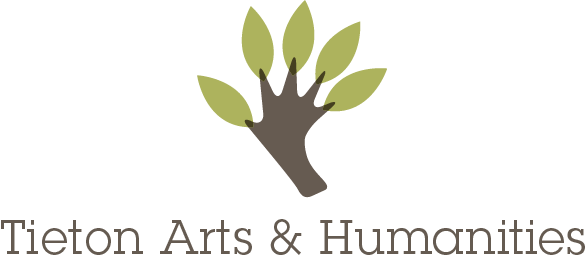WEEK THREE: LINES
What is a line, anyway?
Lines are made up of points: they are strings of dots! We made lines with dots last week! And, your math teacher would tell you that the distance between any two points is a straight line. If a line bends away from its original point it becomes a curve. But what is it exactly that makes one line different from another line? How do we make lines different from each other? Why should we care about this?
Why do artists choose different kinds of lines? What can lines do for you? Practicing lots of different lines lets you have a broader range in what you can express or communicate visually. When we learn to read, we learn lots of vocabulary words, which we can use to build better sentences and better stories. Learning lines is like that: it gives you choices. It’s like having just the right tool for a job. Having a big vocabulary of lines lets you be precise.
When you start to notice lines everywhere, it will influence how you see! So far this summer, we have learned about colors and dots. This week we learn about lines, and next week (shhh!) we learn about shapes. When you see the world around you broken up into these elements, you can make a picture of just about anything you want! Using lines to draw what you see will make you smarter. Just ask any scientist!
¿Qué es una línea, de todos modos?
Las líneas están formadas por puntos: ¡son cadenas de puntos! ¡Hicimos líneas con lunares en la semana pasada! Y, tu maestra de matemáticas te diría que la distancia entre dos puntos es una línea recta. Si una línea se dobla desde su punto original, se convierte en una curva. Pero, ¿qué es exactamente lo que hace que una línea sea diferente de otra? ¿Cómo hacemos las líneas diferentes entre sí? ¿Por qué debería importarnos esto?
¿Por qué los artistas eligen diferentes tipos de líneas? ¿Qué pueden hacer las líneas por ti? Practicar muchas líneas diferentes le permite tener un rango más amplio de lo que puede expresar o comunicar visualmente. Cuando aprendemos a leer, aprendemos muchas palabras de vocabulario, que podemos usar para construir mejores oraciones y mejores historias. Las líneas de aprendizaje son así: te da opciones. Es como tener la herramienta adecuada para un trabajo. Tener un gran vocabulario de líneas te permite ser preciso.
Cuando comiences a notar líneas en todas partes, ¡influirá en cómo ves! En lo que va del verano, hemos aprendido sobre colores y puntos. Esta semana aprendemos sobre líneas, y la próxima semana (¡shhh!) Aprendemos sobre formas. Cuando veas el mundo a tu alrededor dividido en estos elementos, ¡puedes hacer una imagen de casi todo lo que quieras! Usar líneas para dibujar lo que ves te hará más inteligente.
¡Solo pregúntale a cualquier científico!
Printable Download of Lines Booklet
INSTRUCTIONAL VIDEOS
YOU DID IT!
Share your completed artwork with us on Facebook or Instagram using #TietonMade and tag Mighty Tieton. You could even show your Art in the Park teacher by sending her an email! See you next time for Week 4 - Shape, available Thursday, July 16. Art Kit Pick Up will be from 1 to 3pm at the Mighty Tieton Warehouse and videos will be available here.
LEARN MORE!
Abstract: The Art of Design | Christoph Niemann: Illustration | FULL EPISODE | Netflix
All about lines and how artists use them
